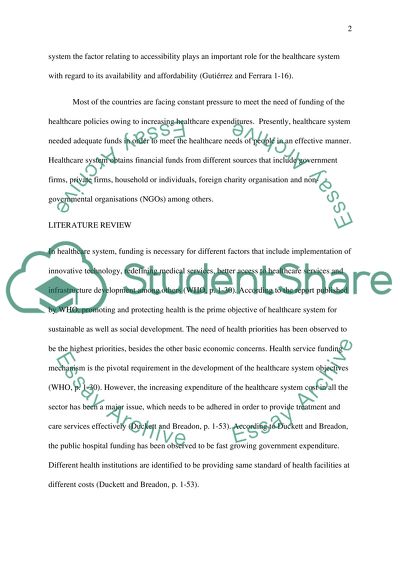Cite this document
(“Alternative ways of funding healthcare system Essay”, n.d.)
Alternative ways of funding healthcare system Essay. Retrieved from https://studentshare.org/health-sciences-medicine/1652447-alternative-ways-of-funding-healthcare-system
Alternative ways of funding healthcare system Essay. Retrieved from https://studentshare.org/health-sciences-medicine/1652447-alternative-ways-of-funding-healthcare-system
(Alternative Ways of Funding Healthcare System Essay)
Alternative Ways of Funding Healthcare System Essay. https://studentshare.org/health-sciences-medicine/1652447-alternative-ways-of-funding-healthcare-system.
Alternative Ways of Funding Healthcare System Essay. https://studentshare.org/health-sciences-medicine/1652447-alternative-ways-of-funding-healthcare-system.
“Alternative Ways of Funding Healthcare System Essay”, n.d. https://studentshare.org/health-sciences-medicine/1652447-alternative-ways-of-funding-healthcare-system.


